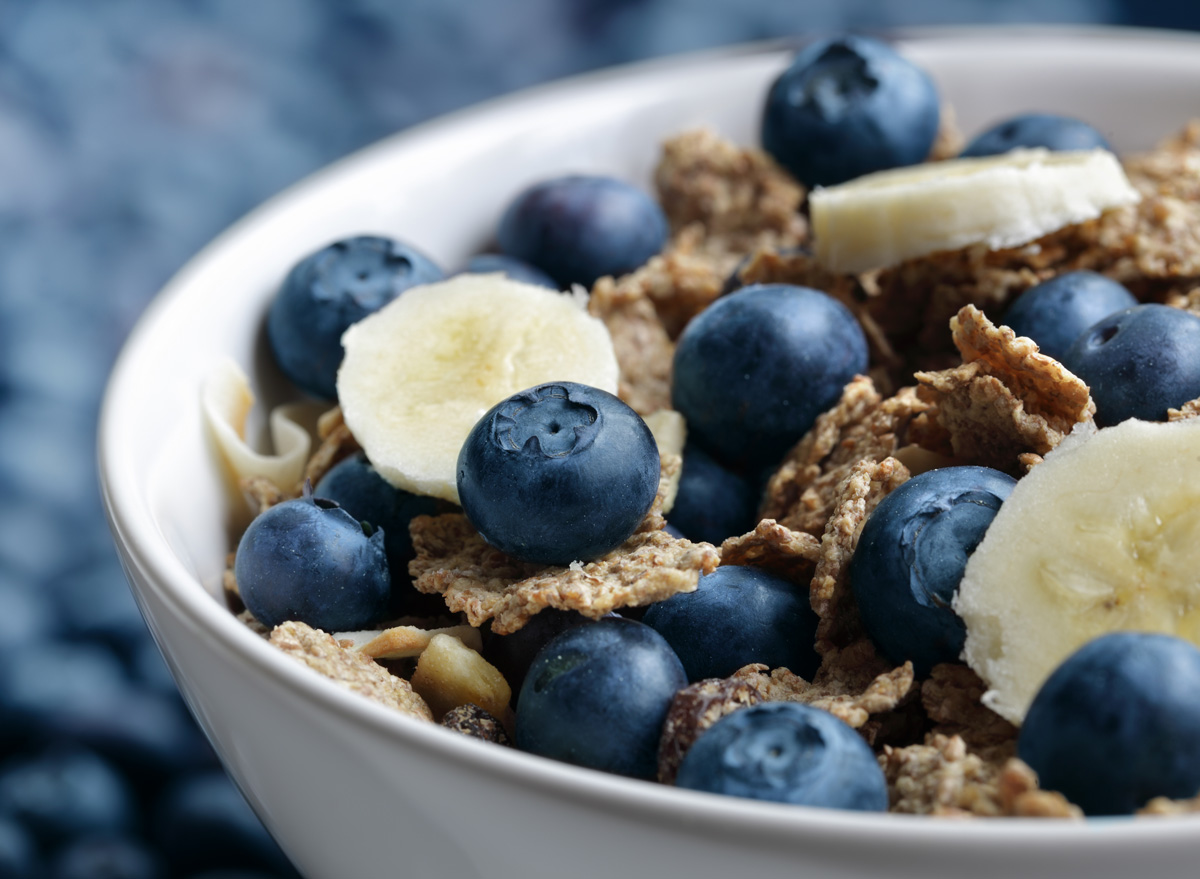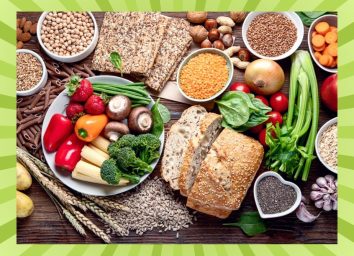The One Nutrient Doctors Are Urging You to Eat More Of

The statistics are staggering: nearly every single American (95% of us, according to doctors) doesn’t have enough of this macronutrient in their regular diet. It’s something listed on every nutrition label and one of the major food groups: fiber.
How can an entire nation fall short on the exact same nutrient? You may be surprised, but the reason is clear — too many of us follow a Westernized diet high in processed foods and significantly lacking in whole foods.
Why aren’t we eating enough fiber?
Characterized by a high content of protein (mostly from processed meats), saturated fats, refined grains, sugar, alcohol, salt, and corn-derived fructose syrup, a Westernized diet is by nature associated with reduced consumption of fruits and vegetables, two of the most common high-fiber food groups. In fact, The Dietary Guidelines for Americans found that the average American adult (in every single age group) falls significantly under the daily recommended intake of both vegetables and fruits. They also fall on the low end of the recommendation range for whole grains.
It’s not like we’re eating a little less fiber than we need; the average intake amounts to approximately a 50–70% shortfall. What does that look like? Adult men consume just 18.4 grams of fiber per day while women consume 15.5 grams, according to the most recent 2017-2018 What We Eat in America, National Health and Nutrition Examination Survey (NHANES). The recommended intake is 38 grams of fiber for men, and 25 grams of fiber for women.
(Related: 8 Grocery Items That May Soon Be in Short Supply.)
The negative health effects of not eating enough fiber
Dubbed the “fiber gap,” there are serious repercussions of not eating enough fiber.
Diets higher in dietary fiber can increase the frequency of bowel movements by bulking up stool, promote weight loss by slowing digestion, reduce your risk of diabetes by controlling levels of blood glucose, and can reduce the risk of developing cardiovascular disease by lowering low-density lipoprotein (LDL or “bad”) cholesterol levels in the blood, according to a review published in Nutrition Reviews. A higher fiber intake has also been linked to increasing positive mood, cognition, and alertness as well as supporting gut health.
It doesn’t end there: fiber can also help you live longer. When comparing people who eat the highest amount of fiber to those who eat the least, researchers found a 15-30% decrease in all-cause and cardiovascular-related mortality.
How to add more fiber to your diet
The solution to closing the fiber gap isn’t as life-changing as one may think. Studies have found that you can technically leave your current diet untouched and by simply adding a small amount of fiber to your daily routine, you can boost weight loss. A Journal of Nutrition study found that increasing fiber by just 4 grams per day over what participants consumed before the study was associated with an additional 3 ¼ pounds of weight loss over 6 months.
Consume at least one high-fiber food (3 grams of fiber or more) at every meal, and you can add 12 grams of fiber to your daily intake. While these foods range from legumes and beans to whole grains and cereals, perhaps the easiest way to increase your fiber intake is to double down on fruits and vegetables. Fruits and vegetables already account for just over a quarter (28%) of the population’s intake, so aim to eat an apple at breakfast or spinach at dinner to boost your fiber intake. Your body will thank you.
For more healthy eating news, make sure to sign up for our newsletter!








